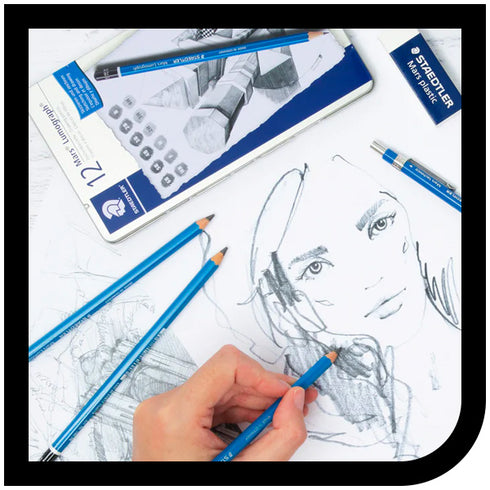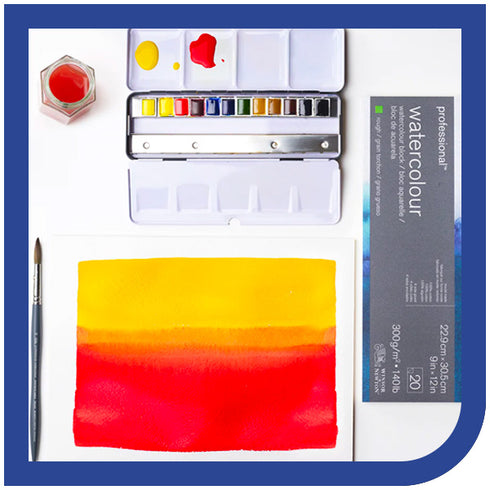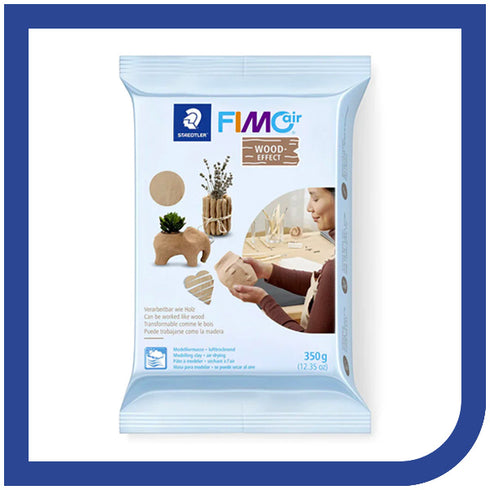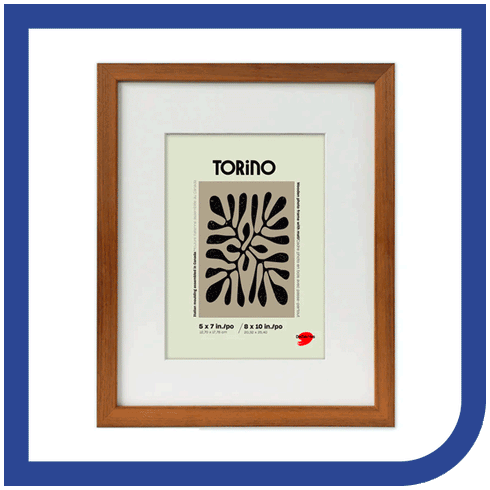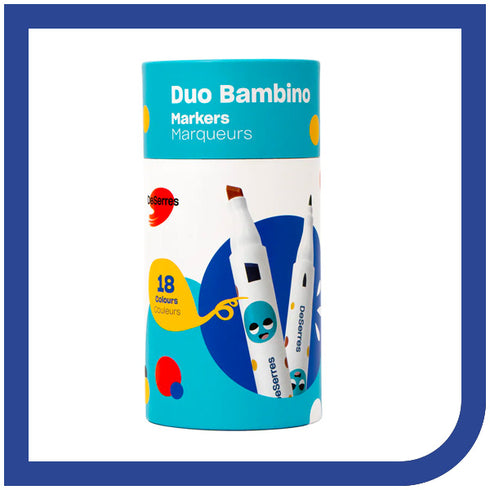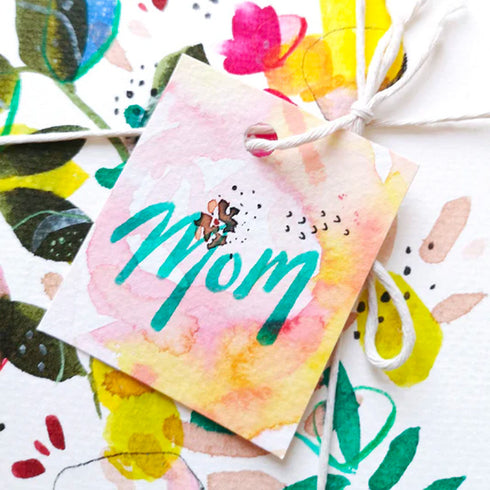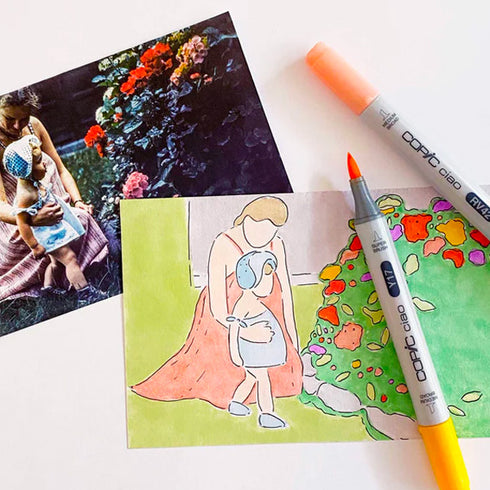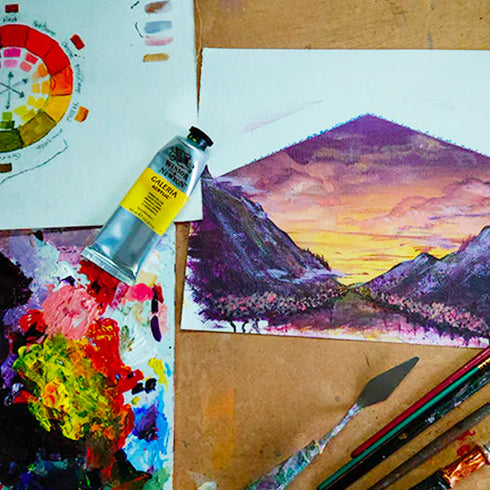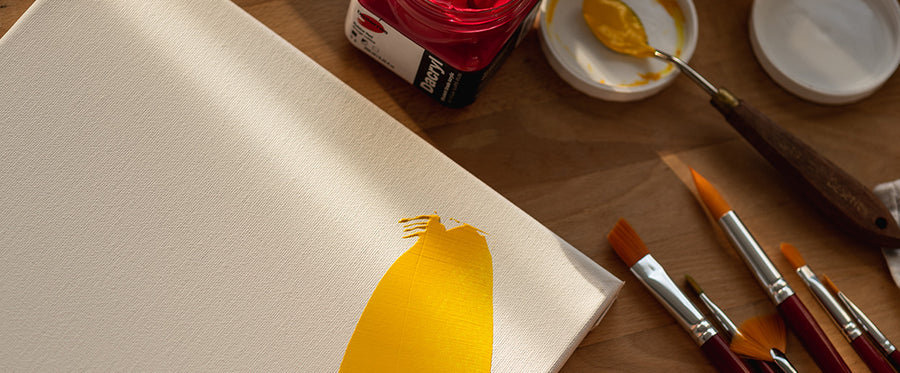Learn more before choosing your tools for your next creative session.
TIP 1: THE DIFFERENCE BETWEEN PAINTING KNIVES AND PALETTE KNIVES
There are two types of painting knives, each with very different characteristics and uses. First, both painting knives and palette knives come in different shapes and sizes, and can be made of flexible metal or plastic. They are not sharp, although some models may have sharp sides. They are mainly used to spread and manipulate paint, and not to cut as their name suggests. Knives are mainly used with acrylic or oil paint. Palette knives feature a blade that is integrated into the handle – they are mainly used for preparing colours on a palette. Painting knives generally have a longer, more flexible handle (elbow), which is especially useful for keeping your fingers well away from your work when creating. The elbow offers great flexibility, allowing many different uses on canvas, or any other chosen surface.

TIP 2: CHOOSING THE RIGHT KNIFE
When applying paint on a surface, the shape and size of your painting knife will influence your results. First, when using a painting knife, it is easier to work on hard, rather than flexible surfaces. For applying colour on large surfaces, you can use knives with longer and wider blades. For detail work, smaller knives with specific shapes are a preferred choice depending on what you wish to create. You can also work with the back, as well as the sides of a blade to create finer lines. Generally, you want to use a painting knife with a strong yet flexible blade and a handle that provides a firm, comfortable grip.

TIP 3: USING A PAINTING KNIFE WHEN CREATING A WORK OF ART
You can create an entire work of art using only painting knives – this then becomes an artistic choice. It is important to clean knife blades well in between colour changes to avoid smearing old colours. Painting with knives has its advantages, one of them being that you can add wet-on-wet layers without worrying about ruining under layers. New colours will not mix with already applied colours, which can sometimes happen when using a brush. However, if you created textures in your first layers, you should wait until they are completely dry to avoid cracking and moving a thin layer of paint as you drag the knife. You can use painting knives in so many ways – different techniques can give very unique results. They are an interesting alternative to paintbrushes, and can be used separately or simultaneously. Moreover, you can either modify a technique, or make it easier to work with a knife by adding a paint medium. By spreading or dabbing paint, or by using the different sides of a blade, you can create exceptional effects, styles and textures.



